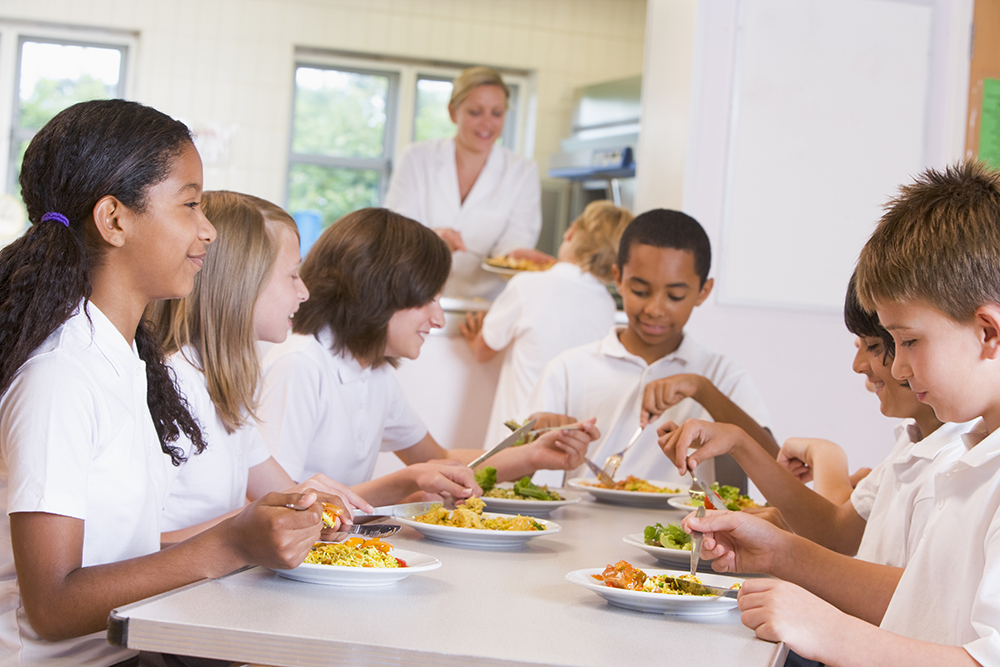
According to the Food and Agricultural Organization of the United Nations, approximately one-third of food produced globally for human consumption is lost or wasted, equivalent to approximately 1.3 billion tons of food per year. Approximately 31% of food waste in the US happens at the retail and consumer levels. Institutions such as K−12 schools, which operate on large scales and feed hundreds of children, are ideal settings to implement system changes to reduce food waste. While some food waste in schools is inevitable due to individual food preferences and differing caloric needs of students there are several policy and educational interventions that can reduce school food waste.
A recent systematic review of food waste in the National School Lunch Program (NSLP) found that approximately 30% of food served is wasted. Because assistance programs like NSLP provide meals to more than 30 million children and is a vital safety net for food-insecure students, continued efforts are needed to find effective solutions to address food waste. Nutrition professionals can advocate for food recovery policy initiatives that decrease food waste and improve food security. Such initiatives include share tables, back-pack programs, and food donations of excess food to eligible non-profit organizations which are allowed by the US Department of Agriculture (USDA). While these initiatives can decrease food waste, they may come with logistical challenges that nutrition professionals can help schools overcome. In a recent study about share table policy characteristics across the country, few states provided clear information on outreach to the school community, limiting the potential for food recovery impact. Additionally, nutrition professionals can support schools interested in implementing effective strategies such as recess before lunch, extending lunch periods, or “grab and go” alternative food delivery methods. Educational programs that introduce students to new foods and cultivate an appreciation for the environment, such as the Farm to School Program, may also help curb food waste.
Support and collaboration with schools and local health departments to develop clear guidance around these initiatives is warranted. Future research should focus on identifying best practices for marketing and outreach for student and school staff engagement and on mitigating food safety risks in implementing these policy changes.
Sara Elnakib, RD, MPH, CHES
Family and Community Health Sciences, Rutgers University, New Brunswick, NJ
This editorial was originally published in the May 2020 issue (Vol. 52, Issue 5) of the Journal of Nutrition Education and Behavior.
